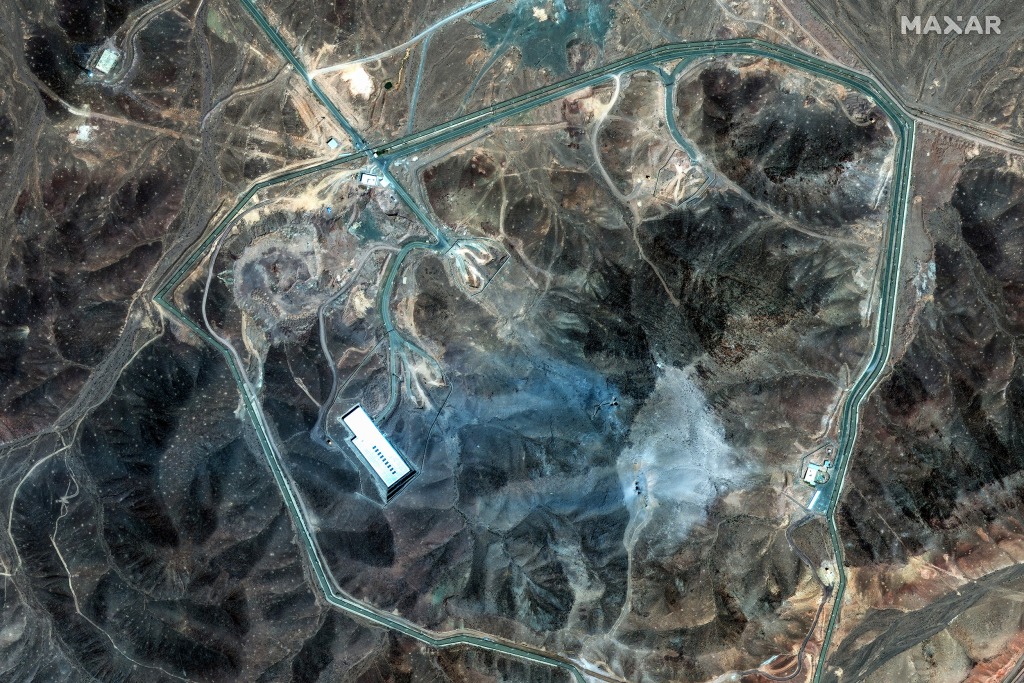
Iran Strike Fallout: What the U.S. Attack Really Achieved
Let’s talk about what’s really going on with Iran’s nuclear program following last month’s U.S. military strikes — because the story is a lot more complicated than the headlines let on.
According to a new U.S. intelligence assessment, of the three Iranian nuclear sites targeted in the June operation — Fordow, Natanz, and Isfahan — only one was severely damaged. That was Fordow. It’s now believed that operations at that facility could be delayed by up to two years. However, the other two sites weren’t hit as effectively. Natanz and Isfahan might be back online within just a few months, assuming Iran wants to push forward.
This is a sharp contrast to the triumphant rhetoric coming from the Trump administration. After the strike, President Trump called it “a spectacular military success” and claimed that Iran’s key nuclear facilities were “completely and totally obliterated.” But behind the scenes, the situation is more nuanced — and possibly less effective than advertised.
Also Read:- Karl Urban Shines as Johnny Cage in Bloody ‘Mortal Kombat 2’ Trailer
- Premier David Eby’s Cabinet Shuffle Targets Economic Renewal Amid Trade Tensions
What’s even more interesting is that there was a much broader plan on the table, developed by U.S. Central Command, which would have targeted six sites instead of three. This "all-in" option would’ve lasted several weeks and aimed to truly dismantle Iran’s nuclear infrastructure. But President Trump rejected it. His reasoning? He didn’t want to get the U.S. dragged into another long, costly conflict. He’s branded himself as the president who ends wars, not starts them.
Despite the scaled-back operation, the U.S. still dropped its most powerful bunker-buster bombs at Fordow — the GBU-57 — which were reportedly successful in targeting deeply buried enrichment infrastructure. At Natanz and Isfahan, where structures are even deeper or better protected, the attacks were less damaging. In fact, at Isfahan, only surface targets were hit with Tomahawk missiles.
Now, officials say Iran’s nuclear program has been “severely damaged” overall. But some U.S. and Israeli experts caution that while the damage is real, it’s not irreversible. Iran’s enriched uranium stockpiles may still be buried underground and possibly recoverable. That’s raising tough questions in Washington and Tel Aviv about whether follow-up strikes could be necessary if Iran doesn’t come back to the negotiating table.
Trump, for his part, seems willing to strike again. When asked whether he would consider more military action if Iran resumed nuclear enrichment, he said, “Sure. Without question. Absolutely.” That means we’re not out of the woods yet.
In the end, Operation Midnight Hammer may have dealt a serious blow, but not a knockout. And now the world is watching to see whether Iran rebuilds — and how far the U.S. is willing to go to stop them.
Read More:



0 Comments